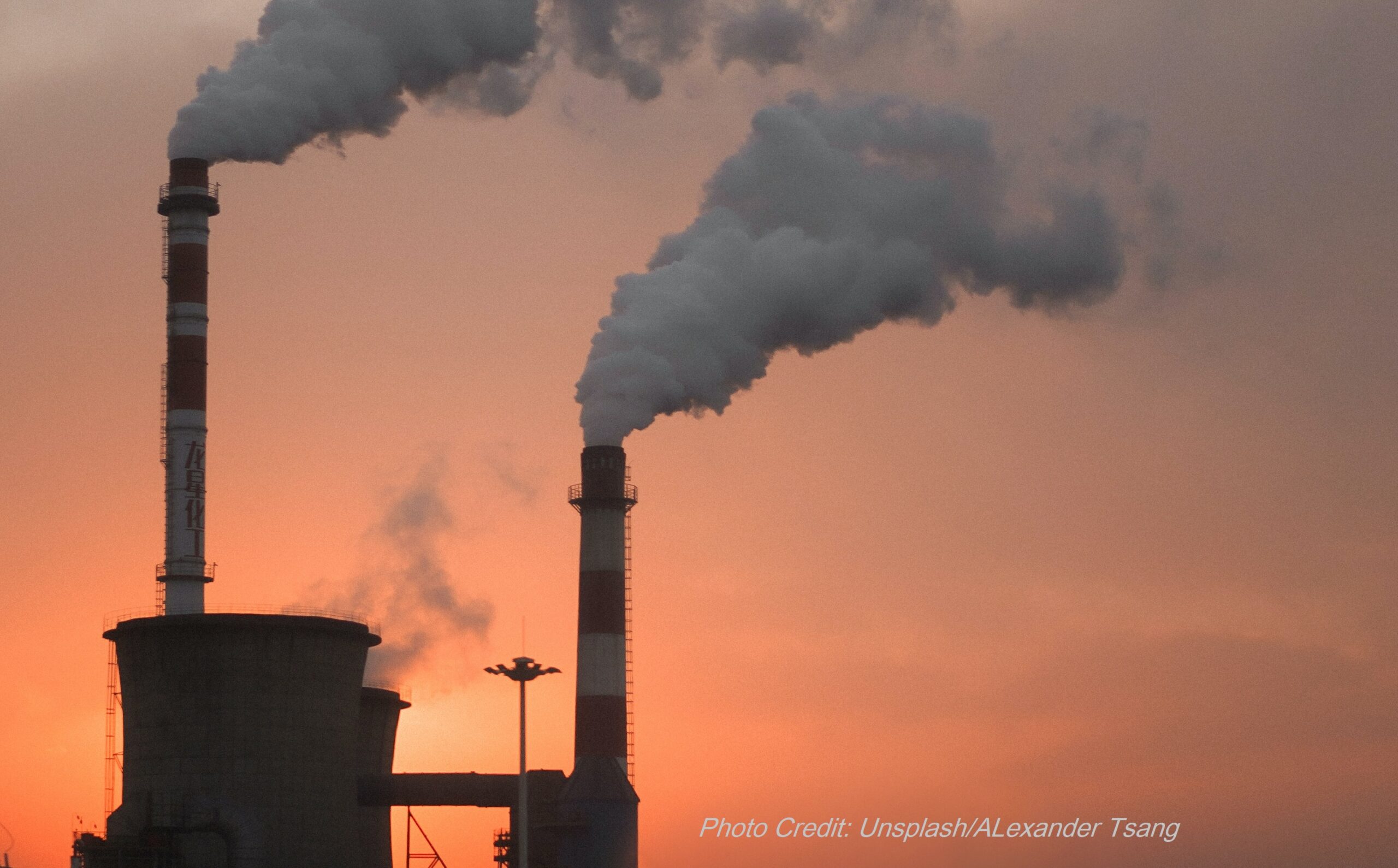A recent study of acute lymphoblastic leukemia (ALL, the most common childhood leukemia) found that young children who live within 2km (1.2 miles) of a fracking well have twice as much chance of getting ALL. The study also found that children whose mother lived within 2km of a fracking well while pregnant but moved after birth, had 2.8 times as much chance of getting ALL.
Currently in Pennsylvania, fracking well setbacks for housing are 500 ft (0.15km), during the first half of the study the setback was 200 ft (0.06km). In Colorado, fracking well setbacks are 2,000 ft (0.6km). California just passed a new setback for homes, schools, and hospitals of 3200 ft (0.98km).
The study used the Pennsylvania cancer registry, and studied 405 children who had ALL over 9 years from 2009-2017. They compared them to 2,080 children who didn’t have ALL and were born during the same year. In the U.S., an estimated 4.7 million people live within 1.6 km (about a mile) of a fracking well, the number living with 2km is even more.
They looked at distance based on residence at birth or at diagnosis: within 2km (1.2 miles), within 5km (3.1 miles), and within 10km (6.2 miles). They compared 2 time periods: prenatal plus after birth until a year before being diagnosed with ALL, and just prenatal only.
The authors stated the exposure could either be from water, or via air. The water pathway could either be from a house using well water, or a community water source that has fracking wells uphill from the watershed.
Not only does fracking increase asthma, heart attacks, and premature births near wells, now we can say leukemia is likely increased by fracking.
Using methane gas for heating and cooking increases your indoor air pollution (nitrogen oxides and particle pollution), it’s a potent GHG, there are leaks of methane all along the production process from wells to pipelines to even from your stove. And along with methane comes other hazardous air pollution. It’s clear that methane gas is hazardous for our health, and especially for the people who live near fracking wells. No matter where you live, methane gas is hazardous to your health. Switching to electric appliances and clean energy sources will really improve our health.
The inflation reduction act was a good start to helping communities get more clean energy, but we need even more work than that. And we especially need to make sure that the most resources go to overburdened frontline communities bearing the brunt of all our country’s environmental racism.





